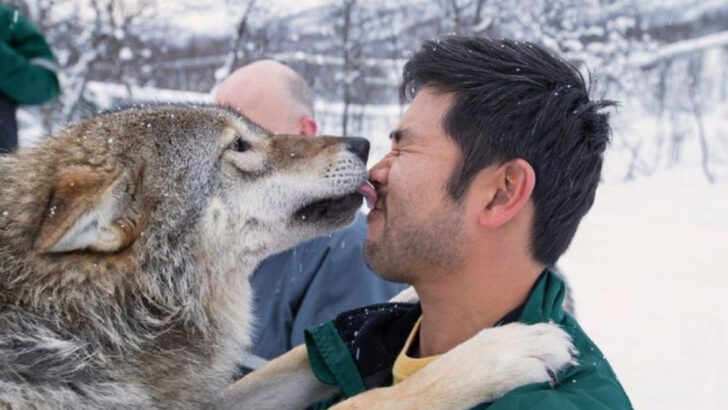Seeing a wolf in the wild might feel like magic—until it turns into a mistake you can’t take back. These animals aren’t fairy tale villains, but they’re not oversized huskies either. They’re powerful, territorial, and driven by instinct. And if you make the wrong move, it could end badly. Wolves don’t usually go looking for trouble, but when people act too bold—or too clueless—they might get more than they bargained for. Snapping twigs, lingering stares, even the food in your backpack… tiny choices can trigger big reactions. Still, not every encounter has to end in fear. With the right knowledge, you can keep your distance, stay safe, and maybe even walk away with a story that sounds too wild to be real. Here are 5 things that could get you hurt if you ever spot a wolf— and 10 smart moves that could save your life.
Running Away
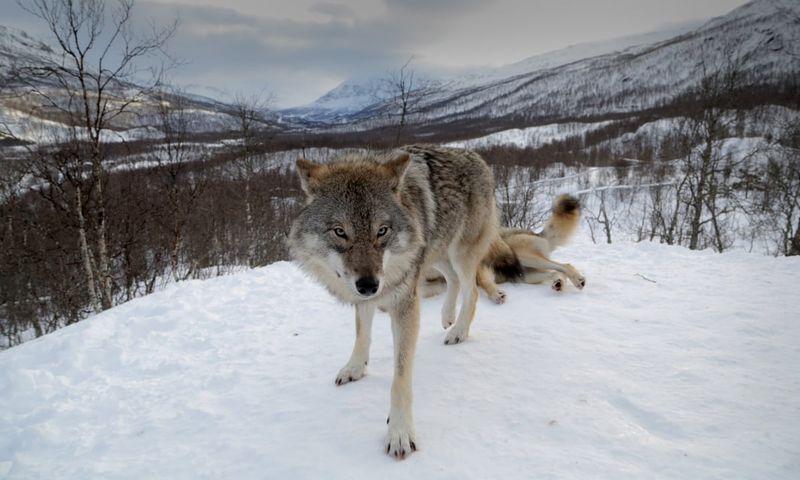
Fear grips you and your instincts scream to run. But stop! Running triggers a wolf’s predatory instincts, turning a wary observer into a chaser. Wolves, with their swift, tireless legs, can easily outrun humans. Instead of fleeing, stand your ground to show you’re not prey. A bold stance can confuse them. Make yourself appear larger by raising your arms above your head. Remember, wolves are curious but cautious. They often retreat if they perceive a threat. So, maintain eye contact and slowly back away without turning your back on them. Remain calm, and you’ll likely walk away unharmed.
Feeding the Wolf

In the wild, food is life. Feeding a wolf conditions it to associate humans with easy meals. This can lead to more frequent and closer encounters, escalating the chance of aggression. A wolf that expects food but doesn’t get it might become frustrated or aggressive. Avoid feeding any wild animals. Keep food securely stored away, reducing temptation. Wild animals need to maintain their natural hunting skills. By not feeding them, you encourage their survival instincts. Share the wilderness by respecting it. A fed wolf is a dead wolf; for their safety and yours, keep your snacks to yourself.
Approaching Wolf Pups
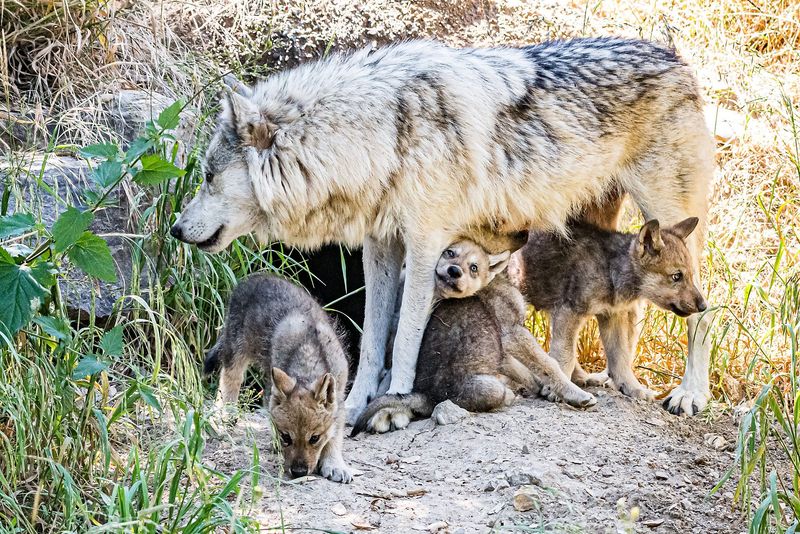
The sight of wolf pups can melt the hardest of hearts. However, approaching them can summon the fury of protective adult wolves. Mother wolves are fiercely protective of their young. If you stumble upon a den, resist the urge to get closer or interact. Observing from a distance allows you to safely enjoy the sight without causing distress. Wolves, like many animals, interpret proximity as a threat. Keep your distance to avoid confrontation. Remember, it’s their territory. Respect their space, and you’ll avoid unnecessary conflict. Admire their family bonds from afar and let them nurture their young undisturbed.
Making Sudden Movements
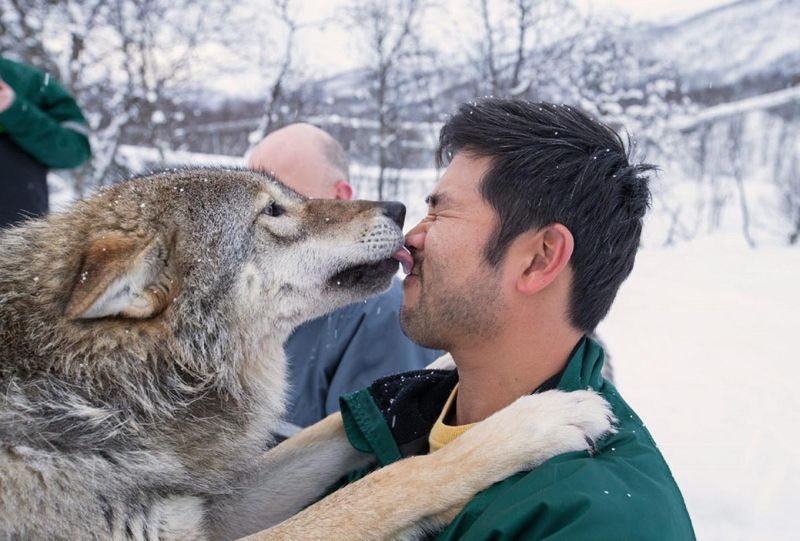
Imagine walking through the woods, and you suddenly spot a wolf. Your first instinct may be to react quickly, but sudden movements can startle wolves, provoking a defensive response. Wolves, like many animals, interpret sudden, jerky movements as a threat. Instead, move slowly and calmly. Make your presence known without startling them. Shout or clap to establish boundaries without appearing aggressive. Remember, wolves are intelligent and can sense human intentions. By remaining composed, you demonstrate that you’re not a threat. Calmness may be your best ally in ensuring a peaceful retreat from such an encounter.
Turning Your Back
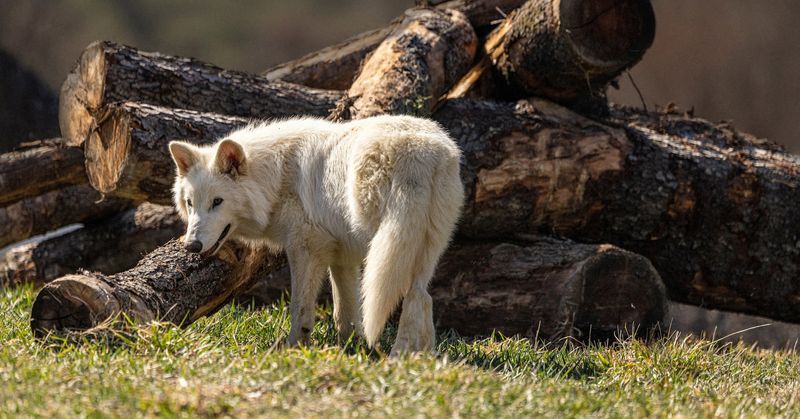
In the wild, turning your back can signal vulnerability. Never turn your back on a wolf. Doing so can be seen as submissive behavior, inviting unwelcome attention. Always face the wolf to show you’re aware and assertive. Speak in a firm, confident voice, maintaining eye contact. Wolves respect strength and confidence. By projecting this demeanor, you communicate dominance. Slowly back away, giving the wolf space to retreat. Remember, wolves are more likely to flee than fight. Your actions should reflect control and assurance, encouraging this natural behavior. Walk away backward, ensuring your safety while respecting their space.
Standing Your Ground

When you encounter a wolf, standing your ground can convey confidence. Wolves respect strength and often back down when faced with a formidable presence. Make yourself appear larger and maintain eye contact. Speak firmly, using a calm, steady voice to assert your boundaries. Wolves are intelligent and discerning; they often retreat when they sense authority. By standing your ground, you demonstrate that you’re not prey. This can deter them from approaching further. Remember, wolves are naturally cautious creatures. Your confidence can encourage them to respect your space, allowing both parties to peacefully disengage.
Making Loud Noises
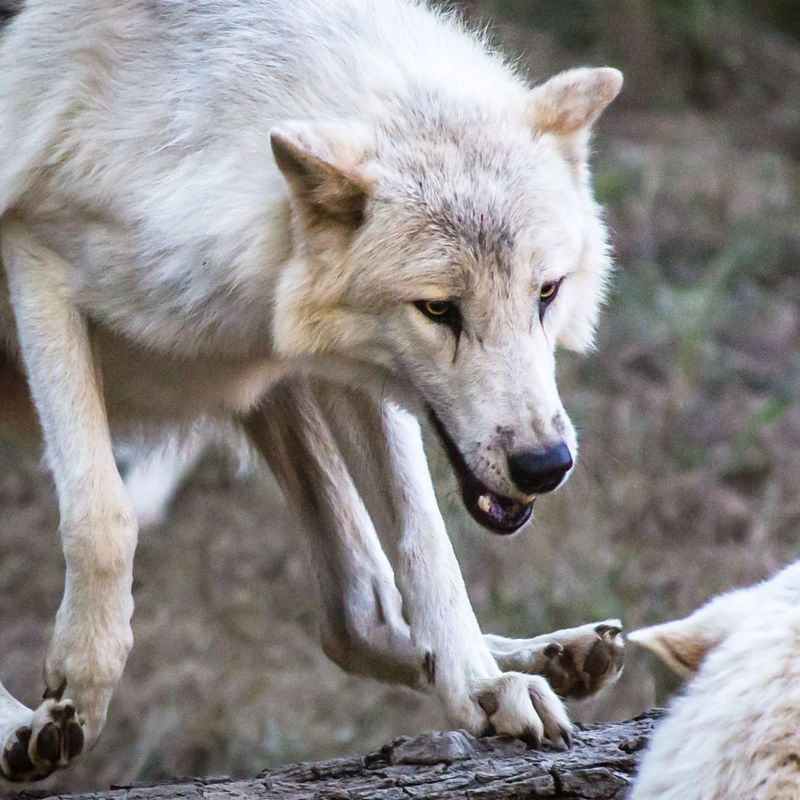
Noise can be a powerful deterrent in the wild. Making loud noises like clapping, shouting, or banging objects can startle a wolf, encouraging it to retreat. Wolves are cautious animals and typically avoid confrontations. By creating a commotion, you disrupt their curiosity or intent. This tactic can be particularly effective if the wolf seems hesitant. Your noise communicates decisiveness and strength. Ensure your actions are not overly aggressive, as the goal is to deter, not provoke. Being noisy can assert your presence without causing harm, allowing for a safe and respectful retreat for both you and the wolf.
Backing Away Slowly
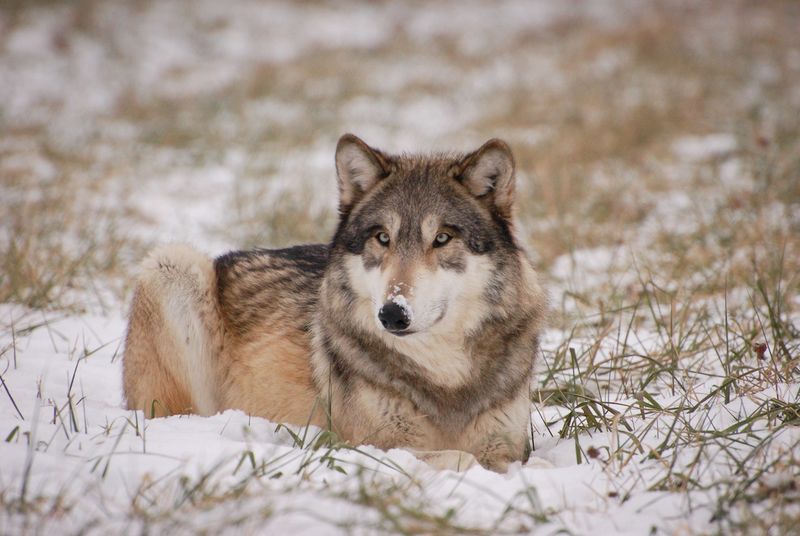
When a wolf is near, backing away slowly is a strategic move. This approach minimizes the risk of triggering predatory instincts. By moving calmly and steadily, you signal that you are not a threat nor prey. Maintain eye contact, showing the wolf that you are aware of its presence. This mutual acknowledgment respects both parties’ spaces. Avoid sudden movements or turning your back. Your slow, deliberate retreat can de-escalate tension. Sharing the wilderness requires understanding and respecting boundaries. By backing away slowly, you can safely exit the encounter, leaving both you and the wolf undisturbed.
Using Bear Spray

In some cases, bear spray can provide a crucial safety net. While wolves usually avoid humans, a persistent or aggressive approach might require defensive measures. Bear spray is non-lethal but effective in deterring large animals. Carry it within easy reach and know how to use it. If a wolf approaches too closely, a short burst can create a safe distance. This tool should be a last resort, used only when necessary. Remember, the goal is peaceful coexistence. Bear spray offers protection without permanent harm, ensuring your safety while respecting the wolf’s right to its territory.
Traveling in Groups
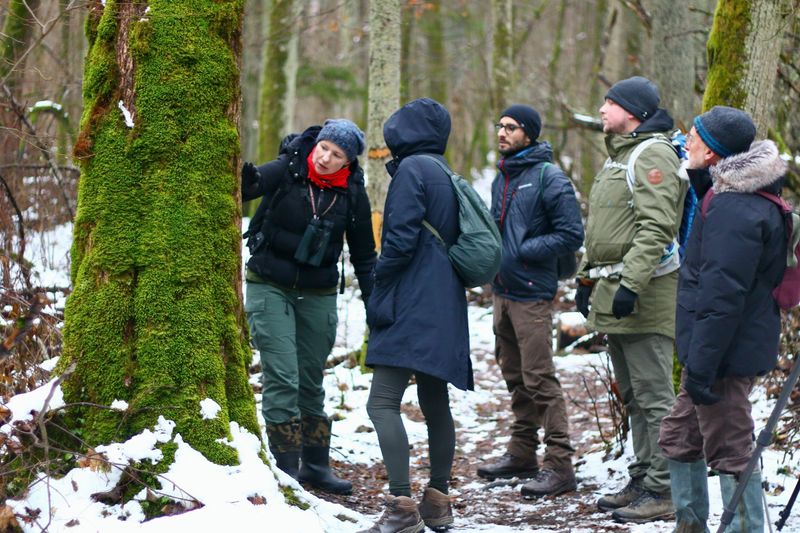
Wolves are less likely to approach large groups of people. Traveling in groups amplifies your presence, making wolves more cautious. They prefer to avoid confrontations that might lead to injury. This natural avoidance behavior works in your favor. Encourage conversations and maintain a lively atmosphere to further deter wolves. This collective presence reassures safety, reducing the chances of an encounter. When planning a hike in wolf territory, invite friends or join guided tours. Group dynamics enhance security and ensure a more enjoyable experience. Together, you can explore safely, respecting the wildlife and their habitats.
Keeping Dogs Leashed

In wolf territories, dogs can unintentionally provoke encounters. Wolves may see dogs as competitors or threats. Keeping your dog leashed ensures control, reducing the risk of an unwanted confrontation. A leashed dog stays close, minimizing the chance of wandering too far and attracting wolves. This keeps both your pet and the wolves safe. Additionally, a leashed dog communicates confidence and authority. It assures wolves that the situation is managed. Explore the wild with your pet by your side, knowing that you’re acting responsibly. Your caution protects the delicate balance between humans, their companions, and the wild inhabitants.
Being Aware of Surroundings
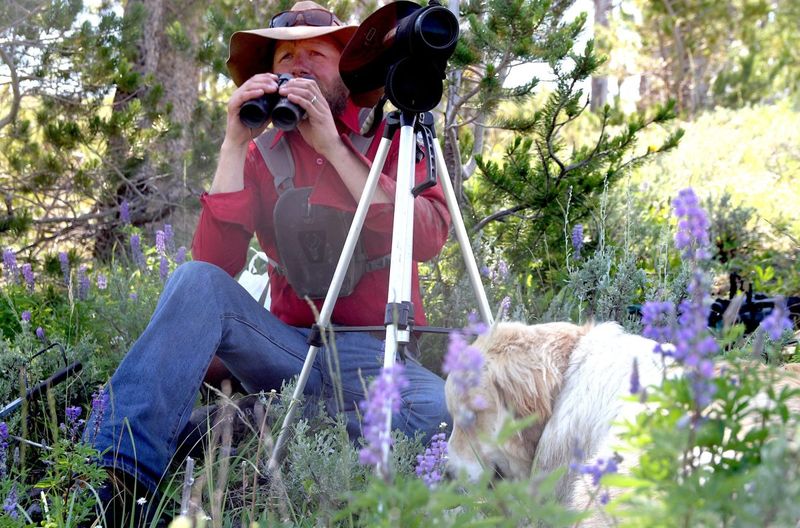
Vigilance is your ally in the wild. Being aware of your surroundings helps you anticipate and react to wildlife encounters. Knowledge of the environment, including signs of wolf activity, allows you to plan your movements wisely. Look for tracks, scat, or howls that indicate nearby wolves. Stay informed and alert to avoid surprises. This awareness cultivates respect for the wilderness and its inhabitants. Being prepared enhances safety and confidence. Let your senses guide you, and remain attuned to the natural rhythm of the wild. Your attentiveness ensures a harmonious experience, reducing risks while enriching your adventure.
Avoiding Eye Contact
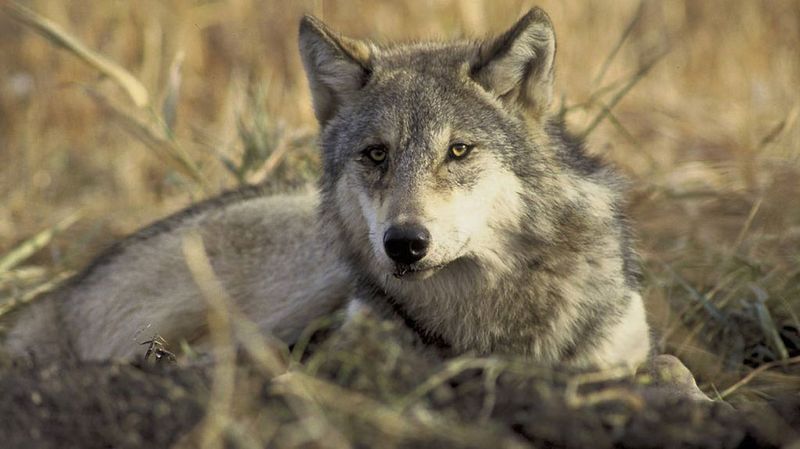
Eye contact can communicate dominance or challenge. In some situations, avoiding direct eye contact with a wolf might prevent escalation. While eye contact can assert confidence, prolonged staring might be interpreted as a threat. If a wolf seems agitated, glance away briefly to reduce tension. This subtle gesture signals peace and non-aggression. Balance is key; assertive but not confrontational. Respecting their space through careful observation maintains peace. Understanding wolf behavior allows you to navigate these encounters with wisdom. This nuanced approach promotes safety and harmony, respecting the boundaries that allow humans and wolves to coexist peacefully.
Educating Yourself

Knowledge is power. Educating yourself about wolves and their behaviors prepares you for potential encounters. Understanding their habits, signs, and communication signals enhances safety. Before heading into wolf territory, read up on local wildlife guidelines. This preparation equips you with the tools to handle encounters calmly and effectively. Being informed fosters respect and appreciation for these majestic creatures. Share what you learn with fellow adventurers, spreading awareness. Informed hikers contribute to conservation efforts, promoting coexistence. Empower yourself through education, ensuring a respectful and enriching wild experience. Your commitment to learning safeguards both you and the wolves.
Installing Wildlife Alarms
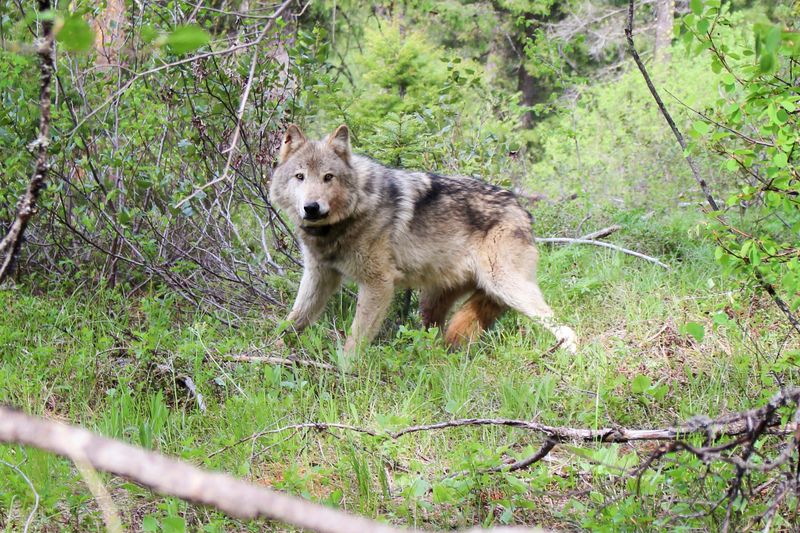
Technology can support safety in the wild. Installing wildlife alarms alerts you to nearby animal activity, providing a chance to prepare or avoid encounters. These devices emit sounds or vibrations that deter animals or notify you of their presence. In wolf territories, such alarms enhance awareness. Choose alarms designed for your specific environment, ensuring compatibility and effectiveness. By using technology wisely, you can maintain a safe distance from wolves. This proactive approach supports peaceful coexistence and minimizes risks. Embrace innovation to enjoy your wilderness adventures with confidence. Wildlife alarms are a modern tool for age-old challenges.

